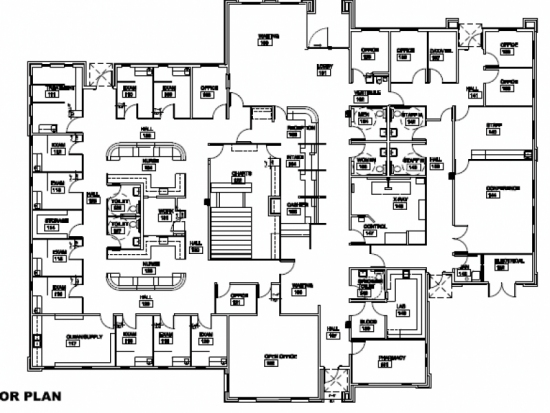
What is Pre-Design?
Pre-design is the phase of analysis that occurs after some form of funding is available and before design begins. During the pre-design phase, studies are done to analyze space requirement issues, the constraints and opportunities of the proposed site, and the cost versus the budget.
The amount of funding available in the pre-design phase varies and is a critical factor in determining which studies take precedence. Funds may be available to develop a detailed project program or only to investigate certain technical issues in order to determine scope, budget, or project schedule.
Pre-Design Activities
Activities occurring during pre-design that are led by the healthcare organization include: launching a capital planning campaign, determining financial feasibility (such as debt, equity, insurance/contracts), developing and establishing project team, ensuring community engagement and collaboration is integrated in the planning process, working with neighborhood leaders, obtaining property acquisition and site control, finding out city/county/state requirements, and refining the project budget.
Continuing from Organizational Readiness, Lean processes and sustainability are further developed in pre-design.
Evidence-Based Design
During pre-design, you will continue with Step Two:, find sources for relevant evidence; and then move to Step Three: critically interpreting the evidence. See the Evidence-Based Design Tab for more detail about EBD activities during this phase.
Sustainability
Define whether your project will achieve LEED status (and at what level) or just follow USGBC or Green Guide for Healthcare (GGHC) recommendations. Review the LEED checklist for site selection and other categories. Determine whether you need an expert in this area to assist your team. An architect or designer with LEED accreditation or experience is a good resource.
Lean Processes
Lean Processes: Provided your organization is culturally ready to undertake a Lean process initiative, what is the desired future state? Value Stream Mapping looks at the process from the customer's point of view. It shows all steps in a given process and enables the team to identify waste in the process.
All types of processes can be mapped, from admitting, discharge, billing, medication requirements, patient procedures, etc. The “map” starts with the first step of the process and continues through to the last step of the process. This is the value stream from which you can simplify work processes, eliminating inefficiencies, improving quality and improving patient care. Consider whether you need an expert in this area to assist your team.

